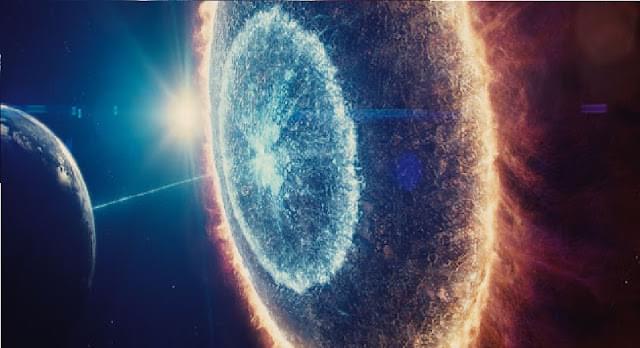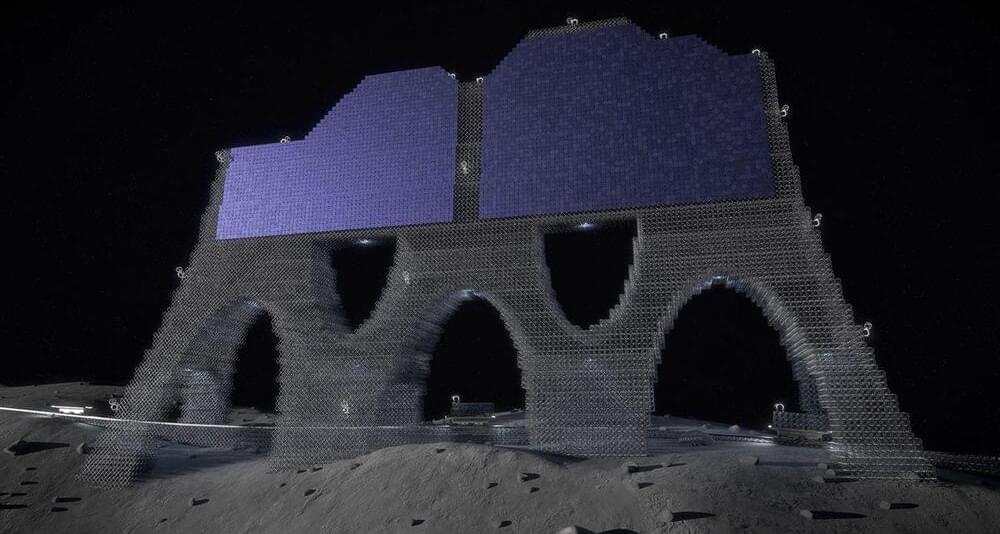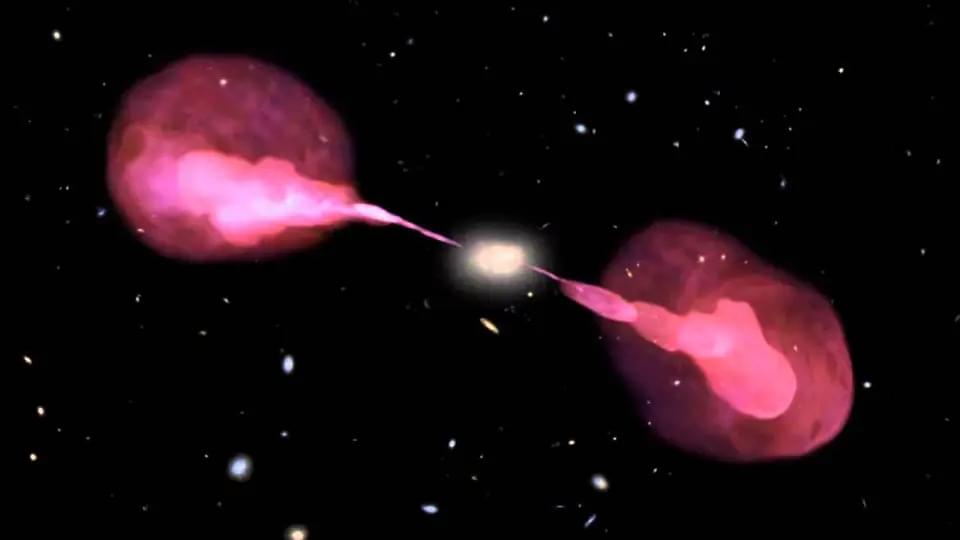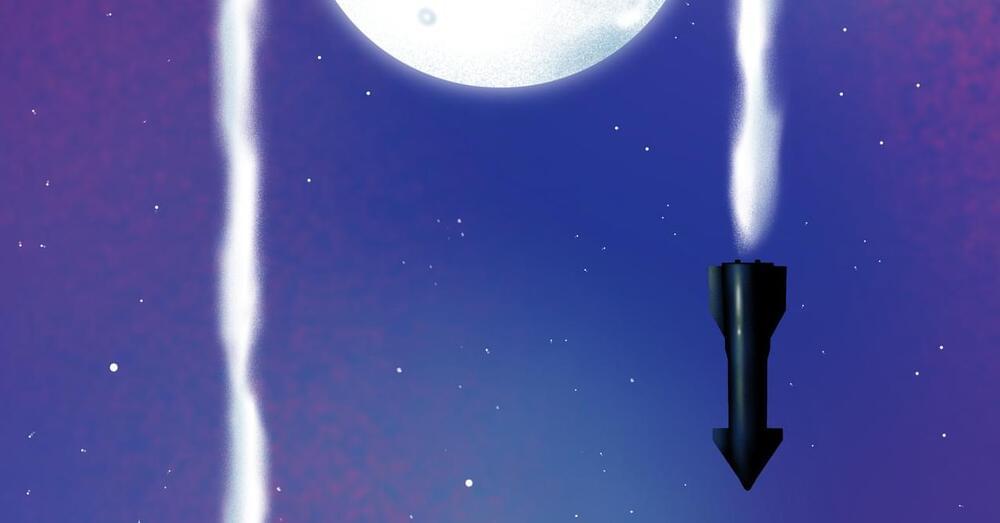Astronomy enthusiasts, brace yourselves for a dazzling display as the Quadrantids, the first meteor shower of 2025, light up the sky.
The Quadrantids are unique among meteor showers as they originate from debris left by an asteroid, rather than a comet. This shower, best viewed in the Northern Hemisphere, is renowned for its bright fireballs and has been described by NASA as one of the strongest and most consistent meteor showers of the year. However, the peak visibility window is relatively short, lasting just six hours on the night of Jan. 2 into Jan. 3, and winter weather conditions such as frigid temperatures and overcast skies may challenge observers.
The Quadrantids are named after Quadrans Muralis, an 18th-century constellation astronomers no longer use. Both the constellation and the shower are named after an instrument called the quadrant, which was once used to measure the altitudes of stars and other bodies in the night sky.





